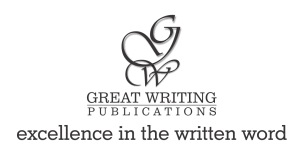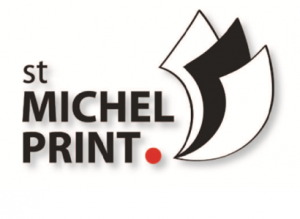Now that you’ve have your book idea, it’s time to move on to the next important step: planning.
I can’t stress this enough. If you don’t have a plan before you start writing, then you are going to write yourself into a corner and it will be very difficult to get out of it. You’ll become frustrated and tempted to give up.
When I say planning, I mean defining your target audience, knowing what is the transformation that you are aiming for in your book (what do people need), and being very clear on what the theme is for your book. And very importantly, how does it relate to readers?
This may seem like an obvious step, but many people will not have thought about any of these things when they ask for editing help on their manuscripts. And at that stage, they need to go back to the drawing board. Don’t be one of them!
To help bring some organization to your work, take some time to answer the following question:
I (OR THIS BOOK) will help (TARGET AUDIENCE) to (TRANSFORMATION) by (PROCESS).
Here’s an example
My book helps middle-aged men mature and face the future by solid biblical counsel and examples of others who have thrived in their golden years.
You must know the transformation your readers need from reading this work of yours before anything else! What is their problem? What difficulty do they live with? What are their challenges? What is the solution you are offering? How does the process go? Remember, they are the hero—not you. You are the guide, and, as such, how are you going to help them? They’ve got pain points. You are going to address them! Your experience and research have given you a wealth of knowledge to contribute. And you are ready to apply it. It would help, too, if you’ve gone through that transformation yourself—the same you are expecting of your audience. Think what has altered your career, thinking, habits, or perspective, and begin writing about that!
As you think through these points, your book will naturally begin to form or coalesce around the main idea and the solutions that come to mind.
For instance: You may want to start by your experience of transformation (unless this is a memoir, you are not the hero), the struggles you faced, what you found to be helpful to overcome those struggles. Identify the problem and the solution and then transition to your target audience and their struggles. Take time to build that bridge you and them through empathy. Offer them a promise that by the end of reading your book, they will be well on their way to wholeness, breakthrough, or other transformation that you specify.
You can see how the main idea helps to organize the content. You are ready for the next step.
Coming up next: Take time to outline your book! Create a book map






